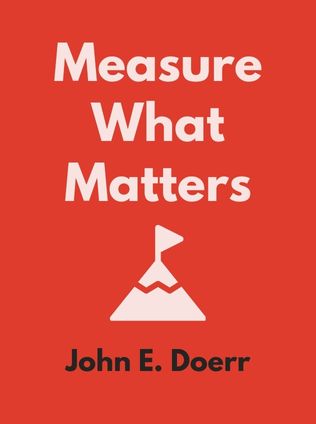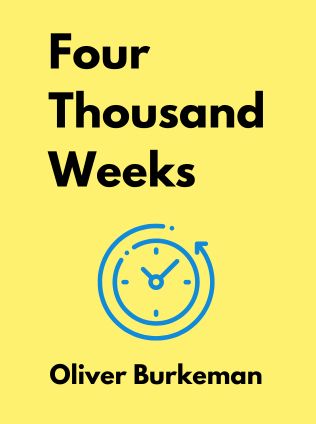
Measure What Matters
How Google, Bono, and the Gates Foundation Rock the World with OKRs
By John E. Doerr
Published 04/2018
About the Author
John Doerr is a distinguished venture capitalist and the chair of Kleiner Perkins, which he joined in 1980. Over his illustrious career, he has made significant investments in groundbreaking companies such as Amazon, Google, Intuit, Netscape, and Twitter, contributing to the creation of more than 425,000 jobs. His work has solidified his reputation as a key figure in the tech industry, guiding entrepreneurs toward monumental success. In "Measure What Matters," Doerr distills his wealth of experience into a transformative guide on the power of Objectives and Key Results (OKRs).
Main Idea
"Measure What Matters" introduces the concept of OKRs—Objectives and Key Results—as a framework for setting and achieving ambitious goals. This method, which Doerr learned from Andy Grove at Intel, emphasizes clarity, focus, alignment, accountability, and aspirational targets. Through real-world case studies from Google, the Gates Foundation, and other organizations, Doerr illustrates how OKRs can drive growth, innovation, and operational excellence.
Table of Contents
- Introduction: The Power of OKRs
- Focus and Commit to Priorities
- Align and Connect for Teamwork
- Track for Accountability
- Stretch for Amazing
- From OKRs to CFRs
- Culture: The Ultimate Goal
- Case Studies: Lessons from the Front Lines
Focus and Commit to Priorities
The essence of OKRs lies in their ability to sharpen focus and commitment to priorities. By setting a limited number of clear, specific objectives, organizations can channel their efforts effectively, avoiding the pitfalls of distraction and dilution. Doerr recounts the early days of Google, where a simple mission statement—"Organize the world’s information and make it universally accessible and useful"—guided its explosive growth and innovative strides in products like Android, Chrome, and YouTube.
"OKRs demand the discipline to both commit to specific priorities as well as to walking away from other options that have been distracting and diluting your focus." - John Doerr
For example, Lee Iacocca's Ford Pinto project serves as a cautionary tale of misaligned priorities leading to critical oversights. By contrast, companies that adopt OKRs successfully, such as Google, focus their efforts on impactful projects, ensuring every team member is aligned with the overarching goals.
Focusing on a select few priorities ensures that resources and attention are directed toward what truly matters. It helps in eliminating distractions and avoiding the temptation to chase every new opportunity that comes along. This disciplined approach allows organizations to make meaningful progress on their most critical objectives.
- Clear objectives provide a baseline for assessment.
- Short time horizons for key results allow for quick course corrections.
- Commitment to priorities enhances long-term success.
Align and Connect for Teamwork
OKRs foster a culture of transparency and meritocracy, where every team member's contributions are visible and valued. This openness mitigates organizational toxins like suspicion and politicking, promoting collaboration and alignment. The MyFitnessPal case study exemplifies how maintaining communication and direction during periods of rapid growth can be challenging but essential.
Sign up for FREE and get access to 1,400+ books summaries.
You May Also Like
The Life-Changing Magic of Tidying Up
The Japanese Art of Decluttering and Organizing
By Marie KondoThe Lean Startup
How Today's Entrepreneurs Use Continuous Innovation to Create Radically Successful Businesses
By Eric RiesWho Moved My Cheese?
An Amazing Way to Deal with Change in Your Work and in Your Life
By Spencer Johnson, M.D.Make Your Bed
Little Things That Can Change Your Life...And Maybe the World
By William H. McRaven



















